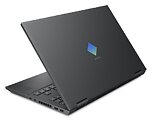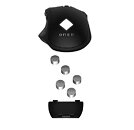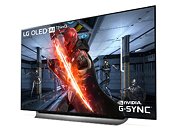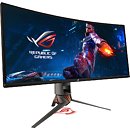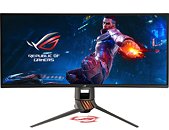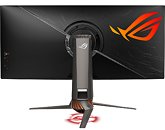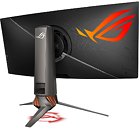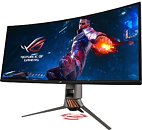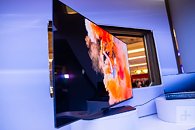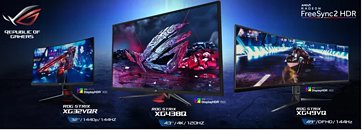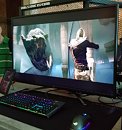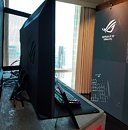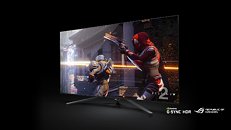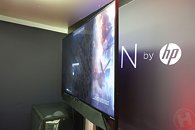Xiaomi Launching 65-inch 120 Hz OLED TV Under "Master Series"
Xiaomi is looking to grab a piece of the premium TV market with the new Master Series. Xiaomi's new flagship TV, to be announced for the Chinese market on July 2nd, will be offering up a 65-inch OLED panel with a snappy 120 Hz refresh rate, which means it will be able to take full advantage of next-generation consoles' "up to" 120 Hz FPS delivery. Besides the OLED chops, there's Dolby Certification for both Dolby Vision and Dolby Atmos.
Other specs include HDMI 2.1, VRR support, and ALLM (Automatic Low Latency Mode). A quad-core Arm Cortex-A73 custom chip will be powering the TV's graphical and OS processing. Apparently there will be some sort of RGB lighting on the TV's frame, and a metallic remote control with NFC support aims to increase the premium feeling. Xiaomi's CEO Lei Jun described it as "Xiaomi's ultra-high-end OLED TV" and "very amazing." Well. We'll have to see now won't we. If it's actual competition to today's premium mainstream LG C9 and Samsung Q90R TVs, it's bound to sell like hotcakes.
Other specs include HDMI 2.1, VRR support, and ALLM (Automatic Low Latency Mode). A quad-core Arm Cortex-A73 custom chip will be powering the TV's graphical and OS processing. Apparently there will be some sort of RGB lighting on the TV's frame, and a metallic remote control with NFC support aims to increase the premium feeling. Xiaomi's CEO Lei Jun described it as "Xiaomi's ultra-high-end OLED TV" and "very amazing." Well. We'll have to see now won't we. If it's actual competition to today's premium mainstream LG C9 and Samsung Q90R TVs, it's bound to sell like hotcakes.




